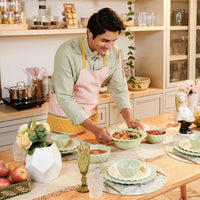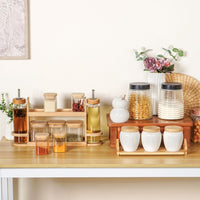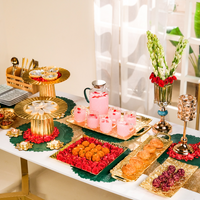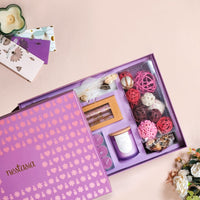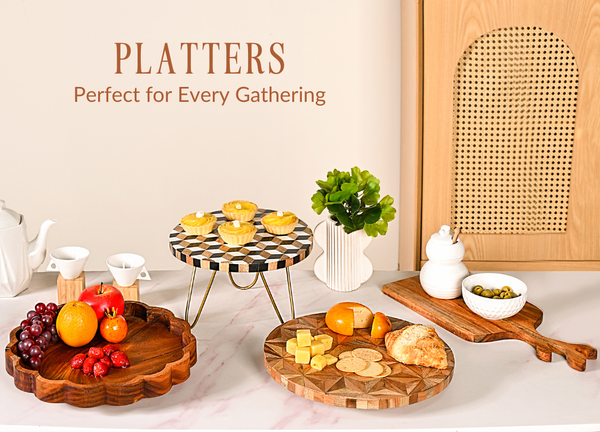Ramadan is the holiest month in the Islamic calendar, observed by Muslims worldwide as a period of fasting, prayer, reflection, and community. It commemorates the revelation of the Quran to the Prophet Muhammad, and during this sacred time, Muslims abstain from food, drink, smoking, and other physical needs from dawn until sunset. Fasting during Ramadan is one of the Five Pillars of Islam and is meant to teach self-discipline, empathy for those less fortunate, and devotion to Allah. Beyond fasting, Ramadan is also a time for increased prayer, recitation of the Quran, acts of charity, and strengthening of familial and community ties. The month concludes with the joyous celebration of Eid al-Fitr, a day of feasting, prayer, and gratitude for the blessings received during Ramadan. Ramadan holds profound spiritual significance for Muslims, fostering a sense of unity, compassion, and devotion among believers worldwide.
What Should You Expect During Ramadan?
During the holy month of Ramadan, Muslims fast from sunrise to sunset, testing not only their willpower and strength but also allowing them to empathize with those less fortunate. Days are slower, with the Muslim population focusing on prayer and community, but come nightfall, cities come alive with celebrations known as iftars – the breaking of the fast – and suhoor, the final meal before the fast.
Ramadan Traditions Around The World
Ramadan is a holy month rooted in faith, history, and culture. Around the world, Muslims mark the period with different and unique traditions.
1. Ramadan In UAE
In the United Arab Emirates, Ramadan is a time to focus on spiritual reflection and family bonding. The country comes alive in restaurants, Ramadan tents, and at home when people gather for Iftar and Suhoor, hosting lavish spreads of traditional cuisine. Celebrated in the UAE on the eve of the 15th Shaaban, children wear traditional clothes and carry colourful woven bags while singing and going door-to-door for sweets and nuts.
Preparations for Ramadan begin on Haq Al-Laila, the night of the middle of Sha’ban (the eighth month of the Islamic calendar) – a night that represents love and giving. In the UAE, girls and boys dressed in traditional garb visit neighbours and sing for sweets and nuts.
Also visit: https://nestasia.in/collections/cutlery
As is classic of many observing countries, Iftar starts with dates – considered ‘bread of the desert – before tucking them into traditional dishes rich in flavour and nutrition. These range from the porridge-like Harees, made of wheat and meat slow-cooked overnight, Malfoof, stuffed cabbage leaves wrapped around fillings like rice and bulgur wheat, crispy Samosa, Pakora, and the Biryani-like Ouzi, served with spiced rice and nuts. And no Iftar feast would be complete without sticky Baklava or sweet, nutty Qatayef. Suhoor is a simpler affair, featuring slow-release carbs, like oats, wholegrain rice, bread, eggs, fruits, dates, and water.
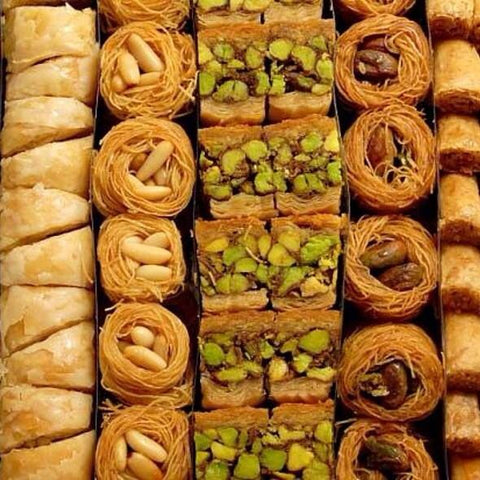
2. Ramadan In Egypt
With its rich Islamic history, Egypt’s joyous Ramadan celebration is rooted in tradition, family, and community. During the holy month, you can see an even more exciting side of Egypt as the streets are decorated with fanoos (Egyptian lamps), beautiful colours, traditional clothing, and constantly shifting gatherings for Iftar.
While the daytime hours are calmer and reflective, it’s after evening prayers that Iftar takes place, bringing friends and family together to celebrate. As it’s also a month of charity, there are often free meals given out to the poor and needy, ensuring no one goes hungry when it’s time to have breakfast together.
Also visit: https://nestasia.in/collections/table-linen
Iftar usually starts with dates before moving on to more filling dishes, shared amongst family, and friends or as part of a communal celebration - whether that’s Mahshi, vegetables stuffed with rice, Molokheya, a nutrient-rich soup served with chicken and rice, or Rokak, pastry stuffed with minced meat. Suhoor is more subdued as observers prepare for the day ahead. These meals are lighter, including dishes like Ful Medames, made of fava beans, and Hawawshi, made with minced meat, onions, and spices, grilled inside pita bread.
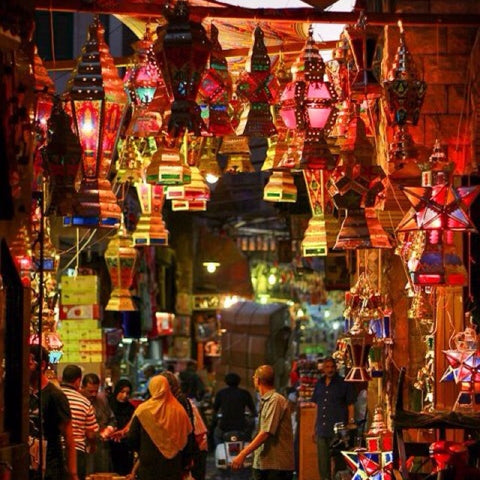
3. Ramadan In Turkey
Filled with vibrant traditions, Ramadan (or Ramazan) in Turkey begins with drums before dawn, waking people up from sleep so they have time to eat and drink before fasting begins. Although life goes on much as before, for those who prepare the Iftar and Suhoor meals, the time between morning and evening prayers is all about prepping.
Iftar usually begins with a light fare of olives, dates, cheeses, and a sip of water. From here are a few more courses, covering fresh vegetables, stewed meats, and famous sweets. One Ramadan staple, pide, is a popular way for those practicing fasting to break their fast. This no-knead flatbread can be found in every bakery during the holy month and is fluffy, pillowy, and utterly delicious.
Also visit: https://nestasia.in/collections/plate
For Turkish Suhoor, it’s commonplace to enjoy hearty dishes to set you up for the day. Including the scrambled egg dish Menemen, the macaroni-based Makarna, and the soft, silky cheese Kaymak, all served alongside bread, fruit, tea, coffee, and pretty much whatever else your heart desires.
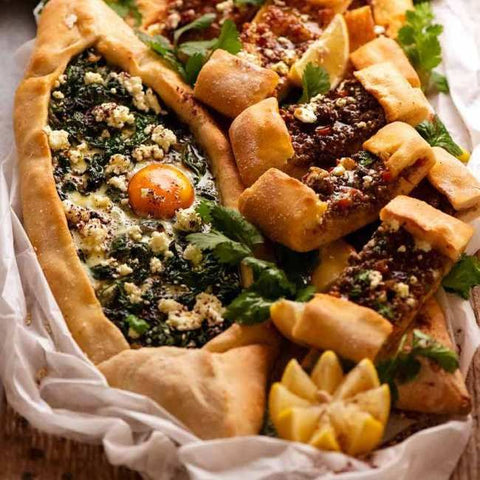
4. Ramadan In Pakistan
In a wash of colourful decorations, Ramadan in Pakistan is a time when the giving spirit is especially joyful, and the mouth-watering aromas of traditional sweets, like Jalebi, fill the air. Pakistan’s philanthropy truly shines during the Holy Month. In the true spirit of Ramadan, its people give as generously as they can, distributing lovingly packed Iftar boxes on almost every corner to ensure no one goes hungry.
Pakistanis enjoy a bountiful mix during Iftar, breaking their fast with dates, black tea with cream and sugar, or Rooh Afza, a herbal rose-flavoured drink, followed by a small, often fried snack, like Samosa or Pakora. For the main course, you can see lamb or chicken curry served with fragrant basmati rice, vegetable side dishes, Halwa or Gulab Jamun, Shami kebabs, and Poori (a deep-fried puffed bread).
Also visit: https://nestasia.in/collections/glassware
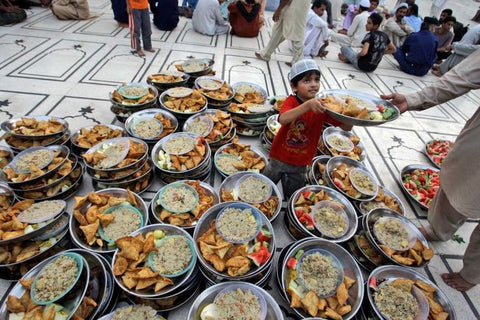
5. Ramadan In Morocco
A major part of Ramadan is Iftar (ftoor in Morocco) where people can not only enjoy breaking their fast but also spending time and connecting with family and loved ones. On a Moroccan Iftar table, you may see dishes like Harira, made from chickpeas, lentils, vegetables, and spices and simmered in a rich tomato sauce, Msemmen, a traditional flatbread, Baghrir, a spongy semolina pancake, and an assortment of grilled meats and fish, and vegetable side dishes bursting with flavour. Then, to finish things off, tuck into unmissable sweet desserts like Sellou, made from roasted flour, sesame seeds, honey, and almonds, or Chebakia, a fried sesame cookie coated in syrup – all served with a choice of juices and teas, particularly mint.
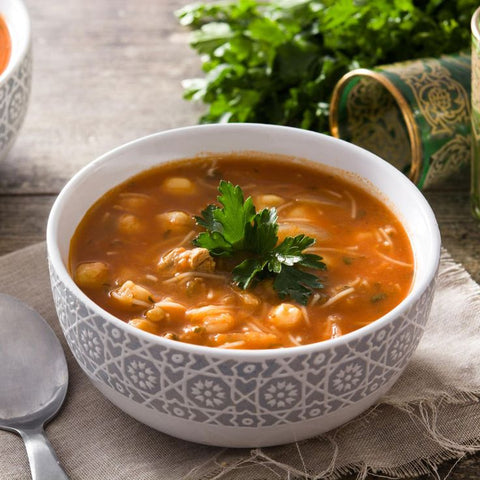
6. Ramadan In Iraq
After Iftar, Iraqis will gather to play a traditional game called Mheibes. The male-dominated game involves two groups of around 40 to 250 players, who take turns hiding Mheibes (rings). The game relies on cunning and strategy as team members try to find out who hides the rings based on their body movements.
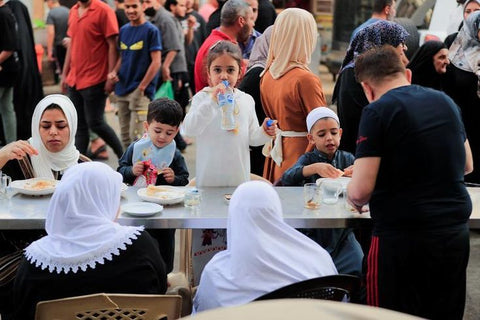
Conclusion
Each year, the ninth month of the Islamic calendar marks the start of the holy month of Ramadan. Signified by the sighting of the crescent moon, the exact date of Ramadan changes each year. Still, it always brings loved ones together as a time for reflection, charity work, and religious activities.

